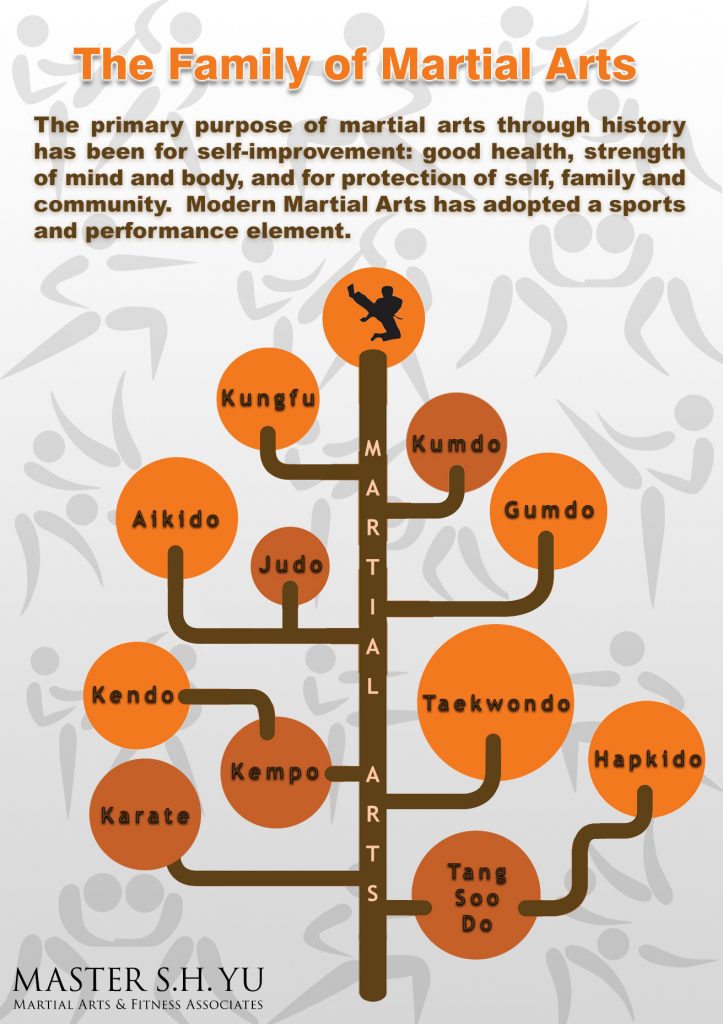The History And Philosophy Of Fighting Style: A Deep Dive
The History And Philosophy Of Fighting Style: A Deep Dive
Blog Article
Write-Up By-Ingram Henson
Enter the old world where martial arts were substantiated of necessity in varied regions. Societies crafted special combating styles linked with historical contexts. Methods evolved over centuries through dedicated method and cultural exchanges. Today, contemporary martial arts blend standard elements for maximum performance. Philosophically, martial arts highlight self-control, self-improvement, and consistency. Regard, humbleness, and equilibrium are foundational concepts directing experts towards growth and resilience. Explore the depths of this rich history and viewpoint to uncover the extensive impacts forming this enduring technique.
Origins of Fighting Style
Martial arts came from various areas all over the world, advancing as useful battle systems to resist dangers. These old combating styles were developed out of requirement, with each culture crafting techniques suited to their one-of-a-kind settings and challenges. From the grappling arts of Jujutsu in Japan to the striking strategies of Martial art in China, martial arts were deeply intertwined with the historic, social, and cultural textile of their corresponding cultures.
In Japan, the samurai course refined martial arts like Kenjutsu, the art of the sword, which later on advanced into the more promoted form of Kendo. Meanwhile, in Brazil, Capoeira emerged as a blend of dance and fight, produced by enslaved Africans as a means to stand up to injustice. Each martial art brings with it a rich background and viewpoint, mirroring the worths and ideas of individuals who exercised them.
As Check This Out look into the beginnings of martial arts, you reveal a tapestry of human resourcefulness, durability, and the unyielding spirit of warriors throughout time.
Development of Strategies
Via centuries of method and improvement, battle strategies within numerous martial arts have undertaken an extensive development. From ancient designs like Martial art and Karate to a lot more modern disciplines such as Brazilian Jiu-Jitsu and Krav Maga, the evolution of strategies has been driven by a mix of cultural influences, functional applications, and technical developments.
One substantial aspect of this advancement is the cross-pollination of methods between various martial arts. For instance, techniques from conventional Japanese Jiu-Jitsu were incorporated into the production of Judo by Jigoro Kano in the late 19th century. This mixing of styles has caused the growth of hybrid martial arts like Mixed Martial Arts (MMA), which incorporate elements of striking, grappling, and entry methods.
Additionally, the advancement of techniques has actually been shaped by the enhancing emphasis on efficiency and effectiveness in combat. Specialists have actually continuously looked for to fine-tune their methods with strenuous training, testing, and competition, bring about the development of very specialized and effective fighting designs. In general, the development of techniques in martial arts reflects the dynamic nature of combat and the recurring quest for enhancement and development.
Thoughtful Structures
Exploring the underlying philosophical principles of martial arts supplies insight into their core values and directing beliefs. At the heart of many martial arts disciplines is the idea of discipline itself. By training your body and mind to work as one natural device, you grow technique that expands past the dojo or health club right into day-to-day life. This technique includes regard, humbleness, and self-constraint, shaping not just your physical capabilities yet likewise your personality.
An additional essential philosophical foundation in martial arts is the idea of continuous self-improvement. martial arts for women of mastering a fighting style is never-ending, with professionals frequently making every effort to far better themselves, both physically and psychologically. This concentrate on growth cultivates resilience, determination, and a growth mindset that can be related to all aspects of life.
Furthermore, martial arts stress the importance of consistency and equilibrium. Methods are created to utilize an opponent's power against them, highlighting the concept of producing and redirecting pressure instead of fulfilling it head-on. Read Home Page encompasses social connections, promoting calm resolutions and mutual understanding. By accepting these philosophical foundations, martial musicians not just boost their fight abilities however likewise cultivate a lifestyle fixated individual growth, respect, and harmony.
Final thought
In conclusion, the background and ideology of martial arts provide a rich tapestry of custom, technique, and self-improvement.
Take for example the tale of Bruce Lee, who reinvented martial arts by mixing various designs and approaches to produce his very own one-of-a-kind type of Jeet Kune Do.
Through dedication and development, martial artists continue to push limits and influence others to reach their complete capacity both in battle and in life.
